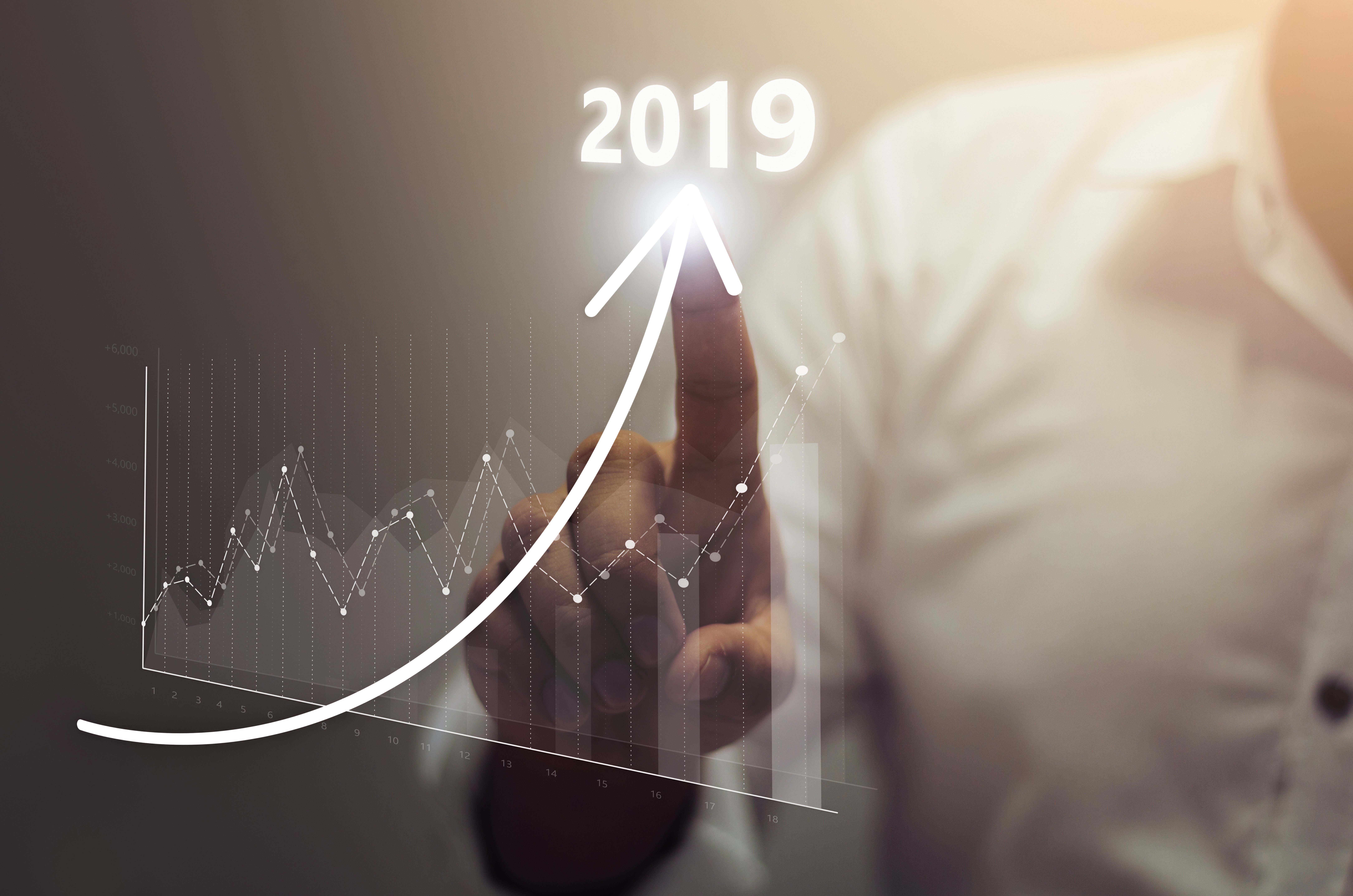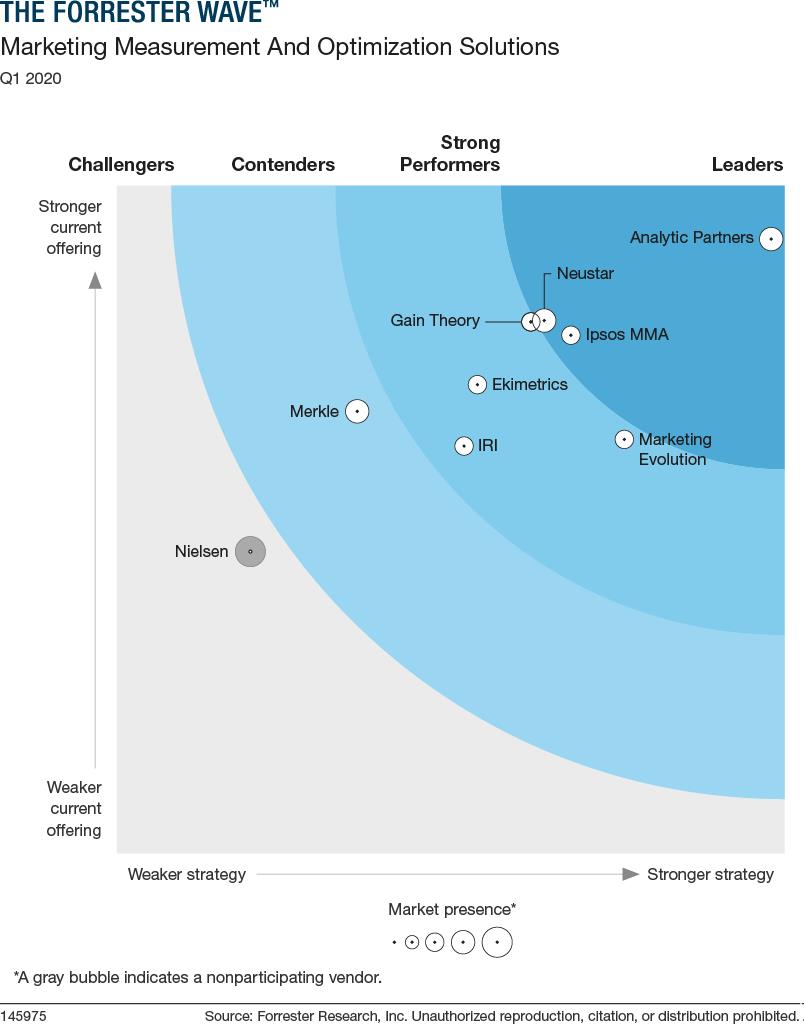How Will COVID-19 Affect Marketing Spend?
Learn how Regions Bank Perfected their customer journey
Consider this: A majority of buy-side decision makers believe that the novel coronavirus will have a greater impact on ad spend than the 2008-2009 financial crisis. For reference, marketing budgets were sliced by an average of 13 percent in the aftermath of the recession, with some industries suffering much more than others.
If this dire situation has left you unsure of what to do next, you’re not alone. According to a survey by Marketing Evolution, 67 percent of decision makers are unsure how to adjust their marketing budget in Q3 and Q4. Each business will have to find new ways to reach customers and optimize their campaigns, as previous tried-and-true methods may fall on deaf ears as consumer needs continue to shift.
However, don’t shut down your campaigns – research has shown that it could take up to five years for your brand to recover. Instead, use this time as an opportunity to refine your tactics, optimize spending, and create the most impactful messaging possible. Let’s take a look at how you can start today by answering two pressing questions put forth by marketers.
How do I convince my CFO/ internal stakeholders to keep media turned on?
The answer to this question is going to vary depending on how the COVID-19 epidemic uniquely affects your organization. Are you experiencing a greater level of demand, less demand, or stable demand for your offerings? It’s important to compare where you were before the outbreak began and compare it to your current trajectory.
This isn’t only about navigating the initial shock of COVID-19 – it’s about preparing your organization for an uncertain future by monitoring customer demands every step of the way, and then responding accordingly. For instance, imagine that you are a paper towel manufacturer – your sales are steady, and your team would prefer to hunker down and ride the wave since your market position seems safe.
However, your leadership is completely missing massive fluctuations in brand loyalty. The reason that your products are selling out is simply overwhelming demand, and your once loyal customers are beginning to buy from your competitor out of necessity. How can you ensure they will return to your brand when the overinflated demand begins to subside?
It’s important to set specific goals and KPIs regarding a variety of metrics and share them with your team. In addition to this, go back to your pre-COVID KPIs and make sure they are still attainable – many businesses will need to begin tempering their expectations, since marketing teams will already be pushed to their limit with this uncertain business environment.
For businesses using the Marketing Evolution platform, we suggest allocating KPIs across several fields including Media Type, Platform, Program, Tactics, and/or Vehicle. In addition to this, use Goal Seek to input a conversion target, and you will receive the estimated budget required to encourage those conversions. This can be used for approximating how budget cuts may affect your marketing performance.
Are today’s historical insights still applicable, or are they no longer relevant due to changes in consumer behavior?
Not necessarily. Your historical data will likely be better than nothing, but it’s not going to give you actionable insights that you can have full confidence in. For instance, you may be able to estimate the demand for a certain brand of beer – but it’s much more difficult to estimate how likely it is for a restaurant to purchase several kegs of your beer.
With access to the right technology, however, you can remove that uncertainty. Use a marketing analytics platform that has some kind of learning and forgetting framework. At Marketing Evolution, our platform uses Bayesian Learning and Forgetting to remember relevant information, forget irrelevant information, and constantly learn and course-correct from new customer insights. This will help you determine whether you’re investing your marketing spend in the most impactful way given changing conditions.
Learning and forgetting algorithms won’t only serve you well during the COVID-19 outbreak, it will show plenty of utility in any case where consumer behavior shifts, such as widespread natural disasters or economic recessions. In these situations, you will without a doubt need to adapt ad placements, create new creative assets, and orchestrate new marketing messages to maximize performance. An advanced marketing analytics solution can help you attain this information in real-time going forward.
Final Thoughts
The novel coronavirus outbreak is bound to transform our marketing landscape for the foreseeable future. Marketing teams cannot navigate this changing market environment with little to no data-driven guidance, and they will not realize the full potential of their campaigns relying solely on historical data. By investing in an advanced marketing analytics solution that features learning and forgetting capabilities, your team will have the opportunity to refine your marketing strategy for a range of unpredictable events in the coming years.








.png)

.jpg)







